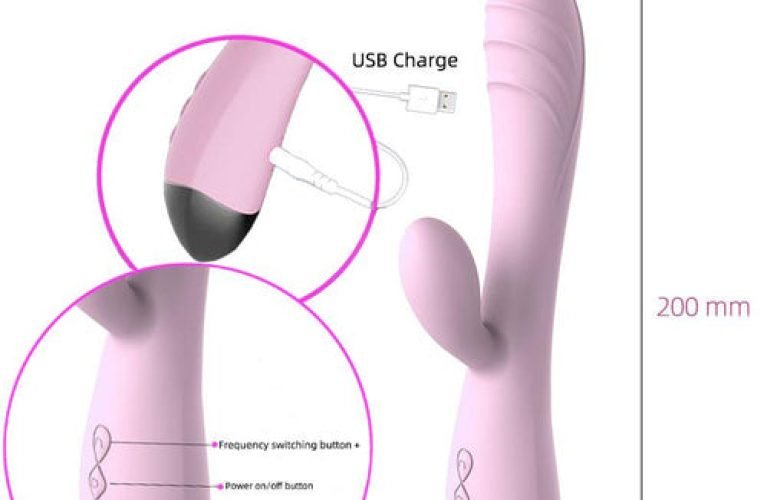As the excitement of purchasing a new home in Brisbane or Gold Coast sets in, there’s an essential step that every prospective homeowner should undertake: the new home inspection. While the process may seem daunting, it’s a crucial aspect of ensuring your investment is sound and your future home is safe and secure. In this blog, we’ll delve into the significance of New Home Inspections Brisbane and Gold Coast, guiding you through the process and highlighting key considerations.
Understanding the Importance
A new home inspection is not just a formality; it’s a proactive measure to identify any potential issues or defects before finalizing the purchase. Even newly constructed homes can harbor hidden problems that may not be apparent to the untrained eye. From structural integrity to electrical and plumbing systems, a thorough inspection provides invaluable insights into the condition of the property.
Choosing the Right Inspector
Selecting a qualified and experienced inspector is paramount to the success of your New Home Inspections Gold Coast. Look for inspectors who are licensed, reputable, and specialize in residential properties. Word-of-mouth recommendations and online reviews can be valuable resources in narrowing down your options. Remember, a comprehensive inspection can save you from costly repairs and headaches down the line.
The Inspection Process
On the day of the inspection, it’s advisable to accompany the inspector as they evaluate the property. This allows you to ask questions, gain a better understanding of any issues identified, and receive firsthand insights into the condition of the home. A typical inspection covers various components, including:
- Structural Integrity: Assessing the foundation, walls, roof, and overall structural stability.
- Electrical Systems: Checking wiring, outlets, switches, and the electrical panel for compliance and safety.
- Plumbing: Inspecting pipes, fixtures, water pressure, and drainage systems for leaks or malfunctions.
- HVAC (Heating, Ventilation, and Air Conditioning): Evaluating the functionality and efficiency of heating and cooling systems.
- Interior and Exterior Features: Examining doors, windows, floors, ceilings, siding, and landscaping for any issues.
- Safety Concerns: Identifying potential hazards such as mold, asbestos, or radon gas.
Potential Red Flags
While some issues uncovered during the inspection may be minor and easily rectifiable, others could signal more significant problems requiring further investigation. Red flags to watch out for include:
- Structural damage or cracks in the foundation.
- Signs of water damage or mold growth.
- Electrical hazards such as exposed wiring or outdated systems.
- Plumbing leaks or inadequate drainage.
- Inadequate insulation or ventilation.
- Code violations or safety hazards.
Post-Inspection Considerations
Once the inspection is complete, you’ll receive a detailed report outlining the inspector’s findings. Take the time to review this report carefully and consult with your real estate agent to discuss any concerns or negotiation points. Depending on the severity of the issues identified, you may request repairs or concessions from the seller, or in extreme cases, reconsider your purchase decision.
Conclusion
A new home inspection is a critical step in the home buying process, offering peace of mind and safeguarding your investment. Whether you’re purchasing a property in Brisbane or Gold Coast, prioritizing thorough inspections can help you make informed decisions and avoid potential pitfalls. By partnering with qualified inspectors and remaining vigilant throughout the process, you’ll be well-equipped to embark on your new homeownership journey with confidence.
Remember, it’s not just about finding a house; it’s about finding a home that’s safe, secure, and truly worth calling your own.










